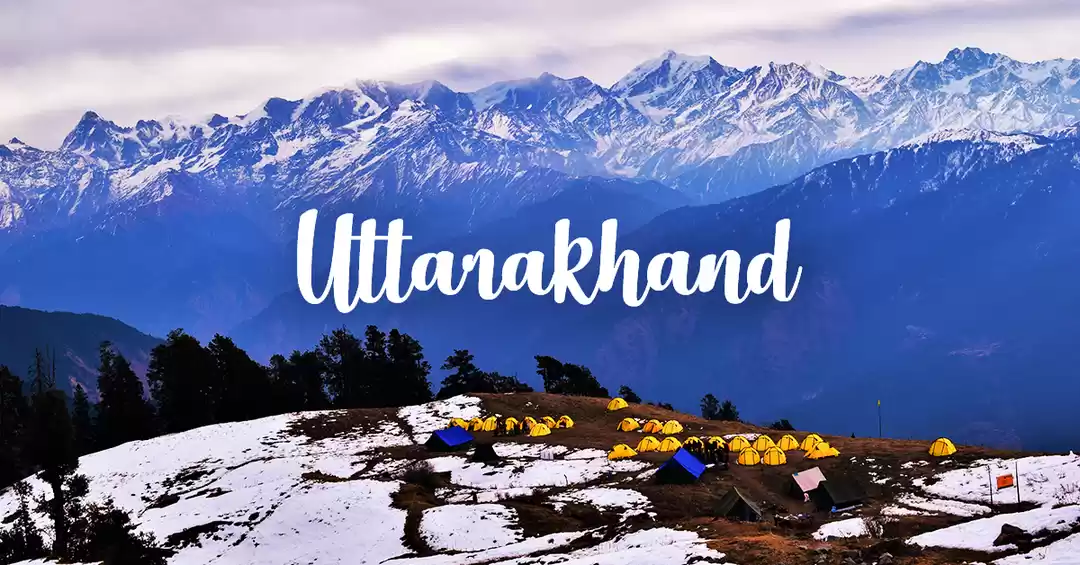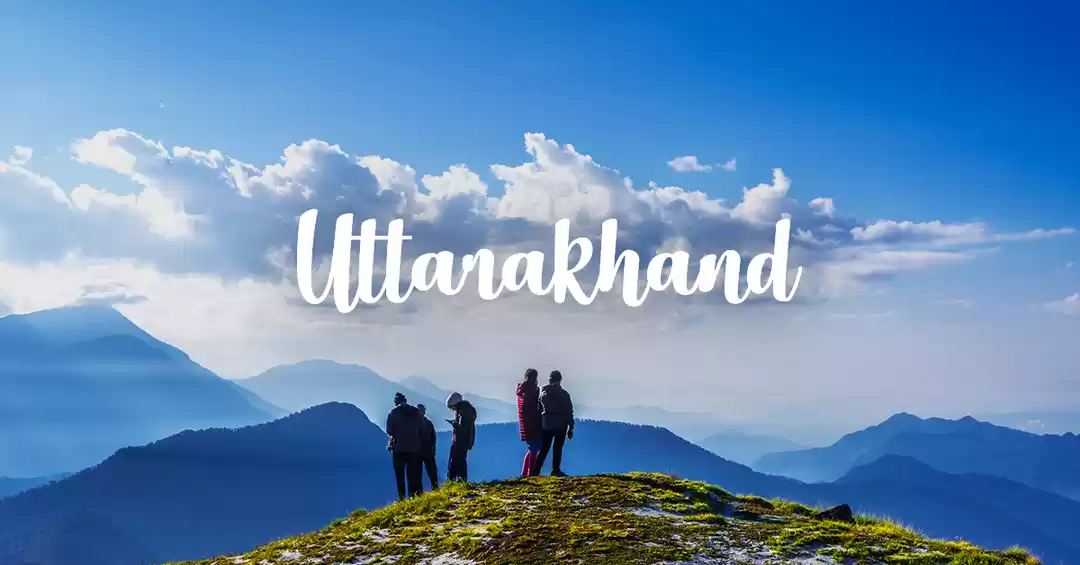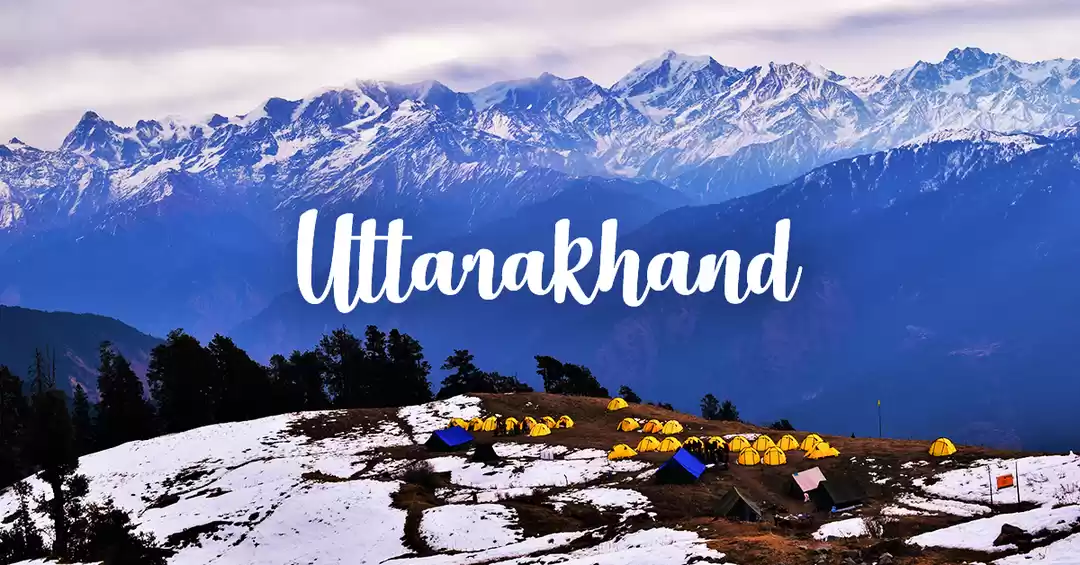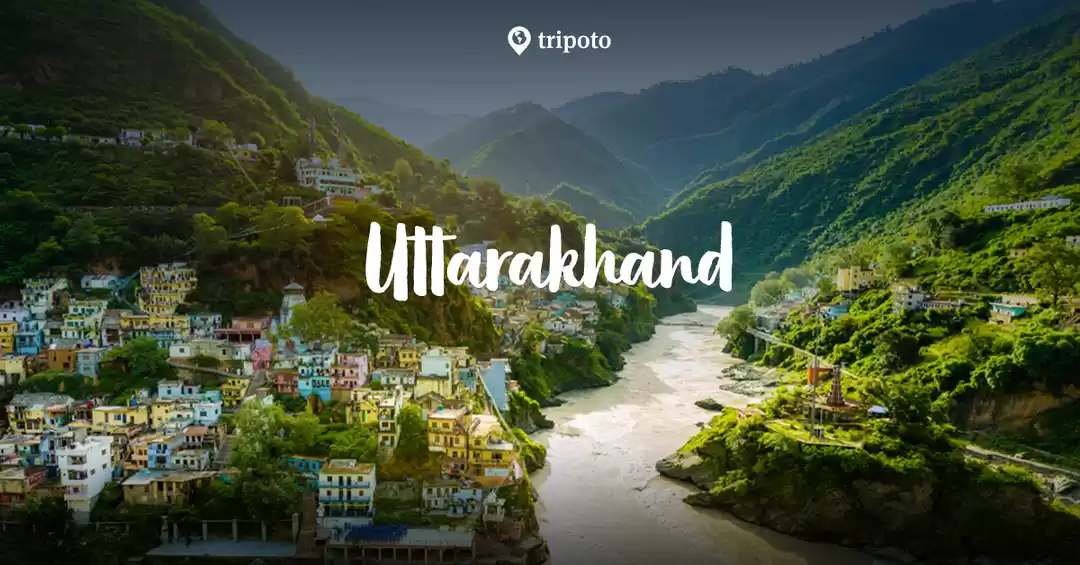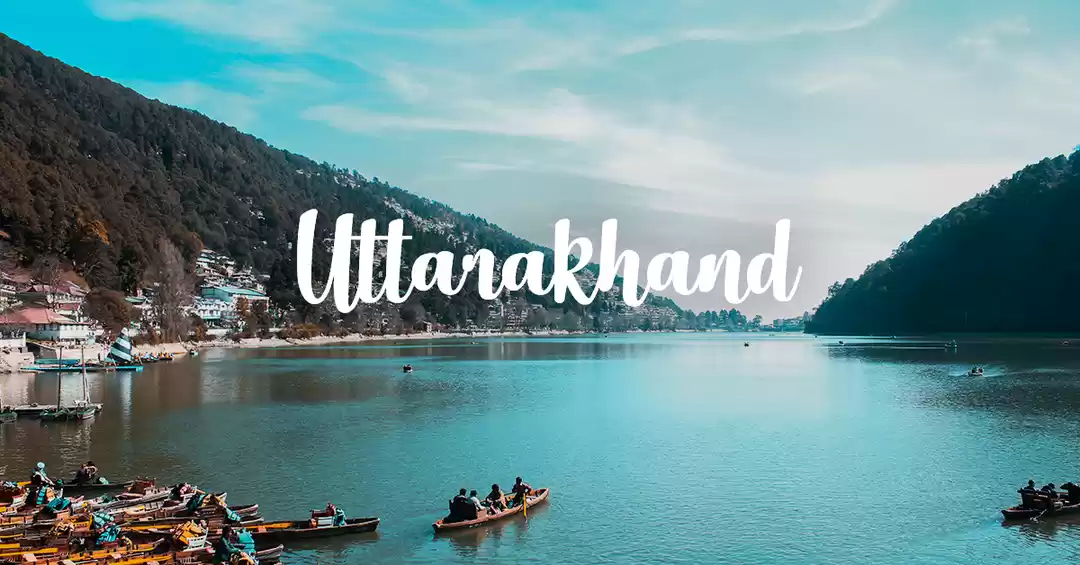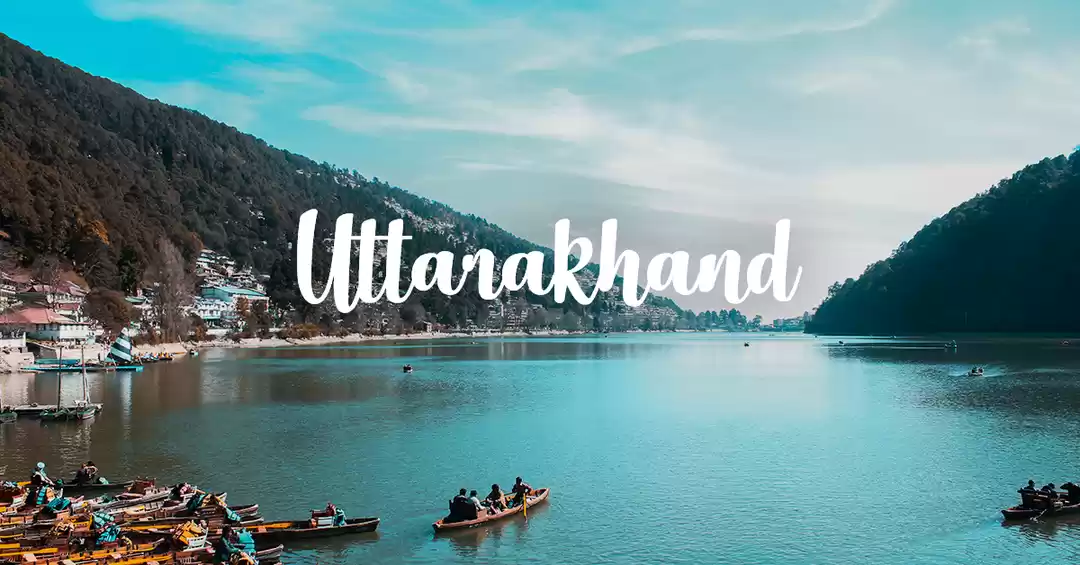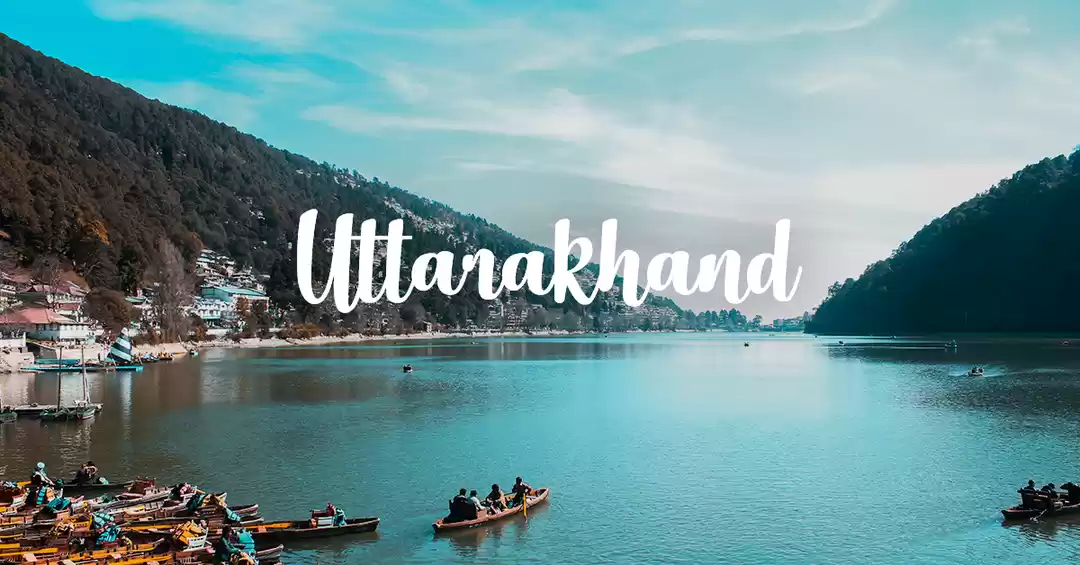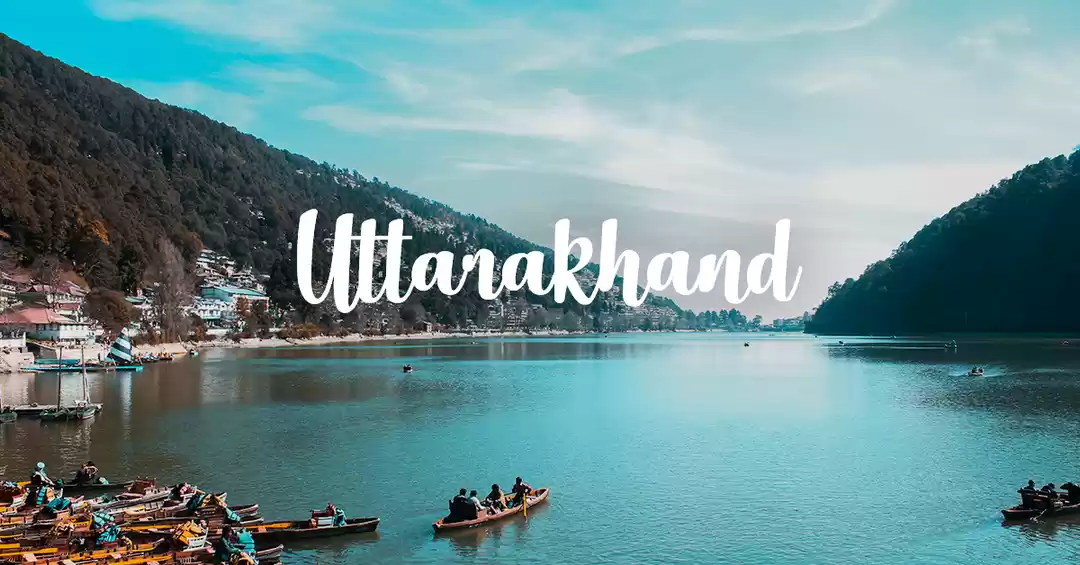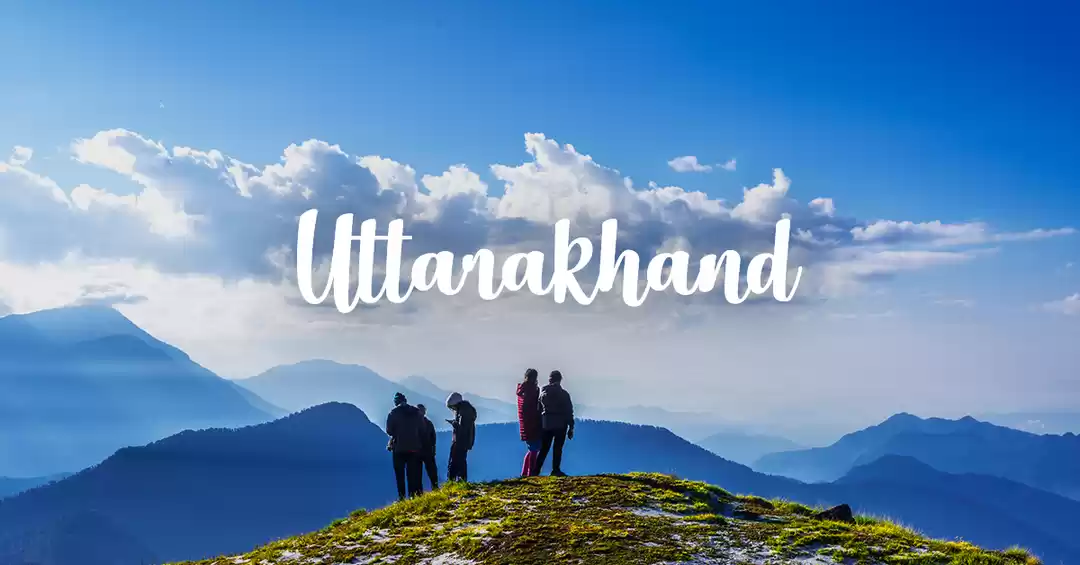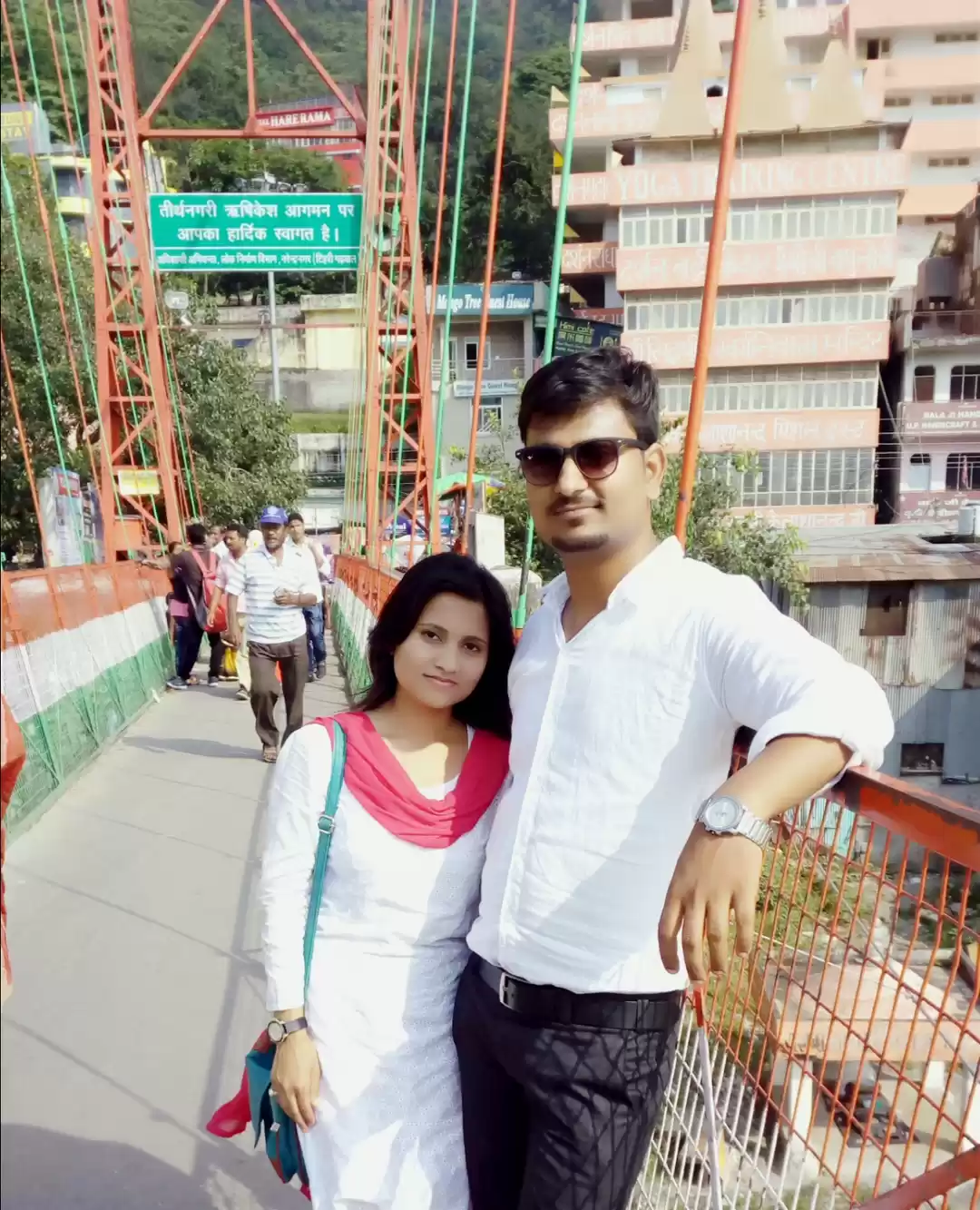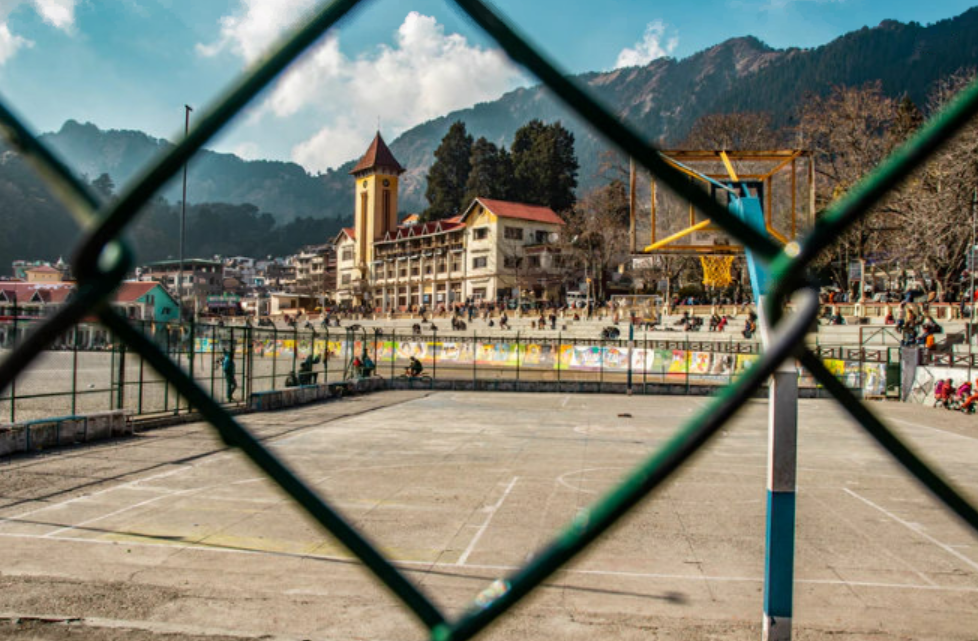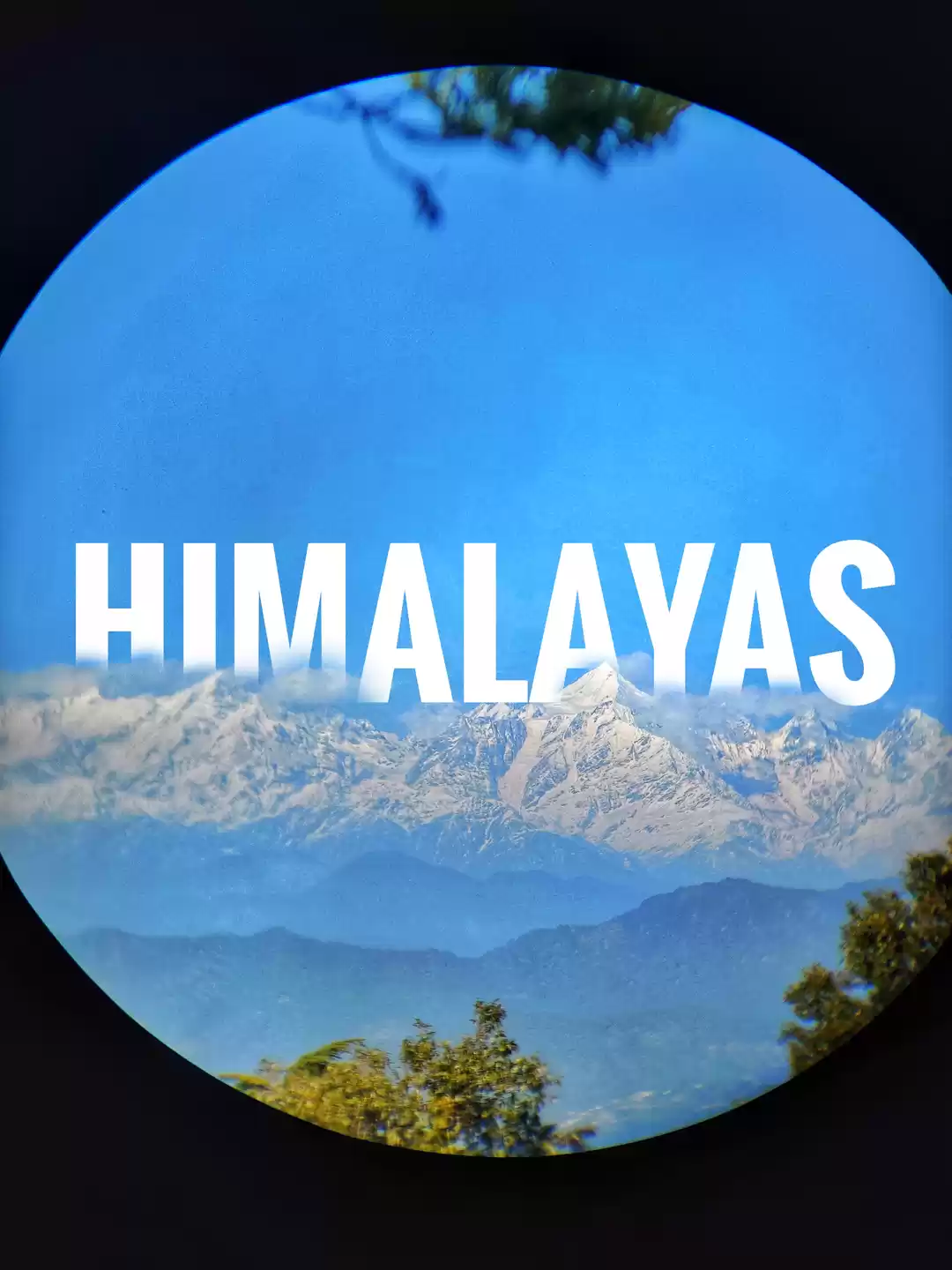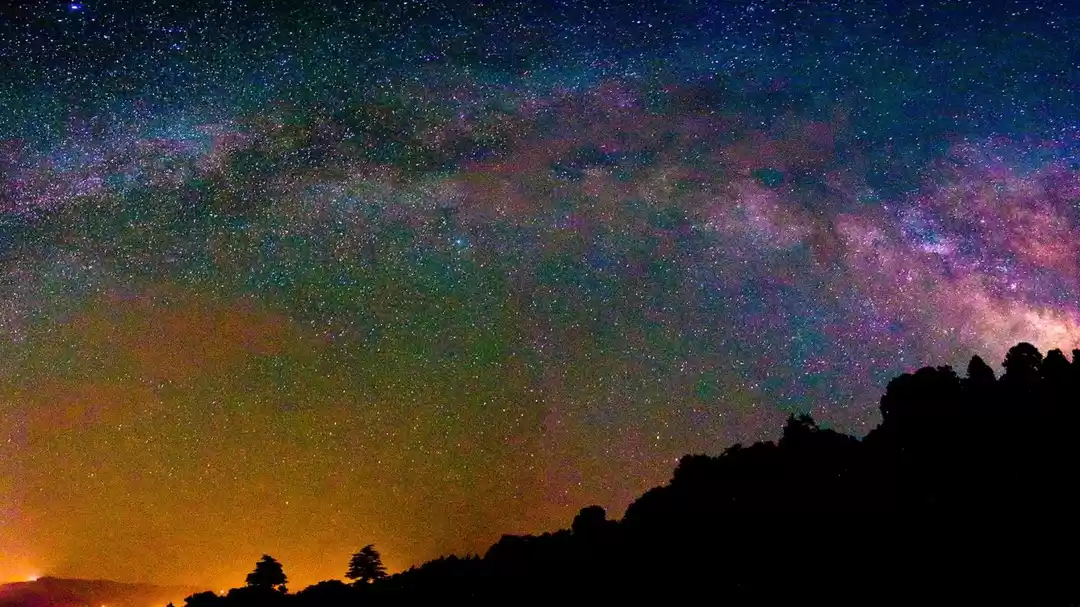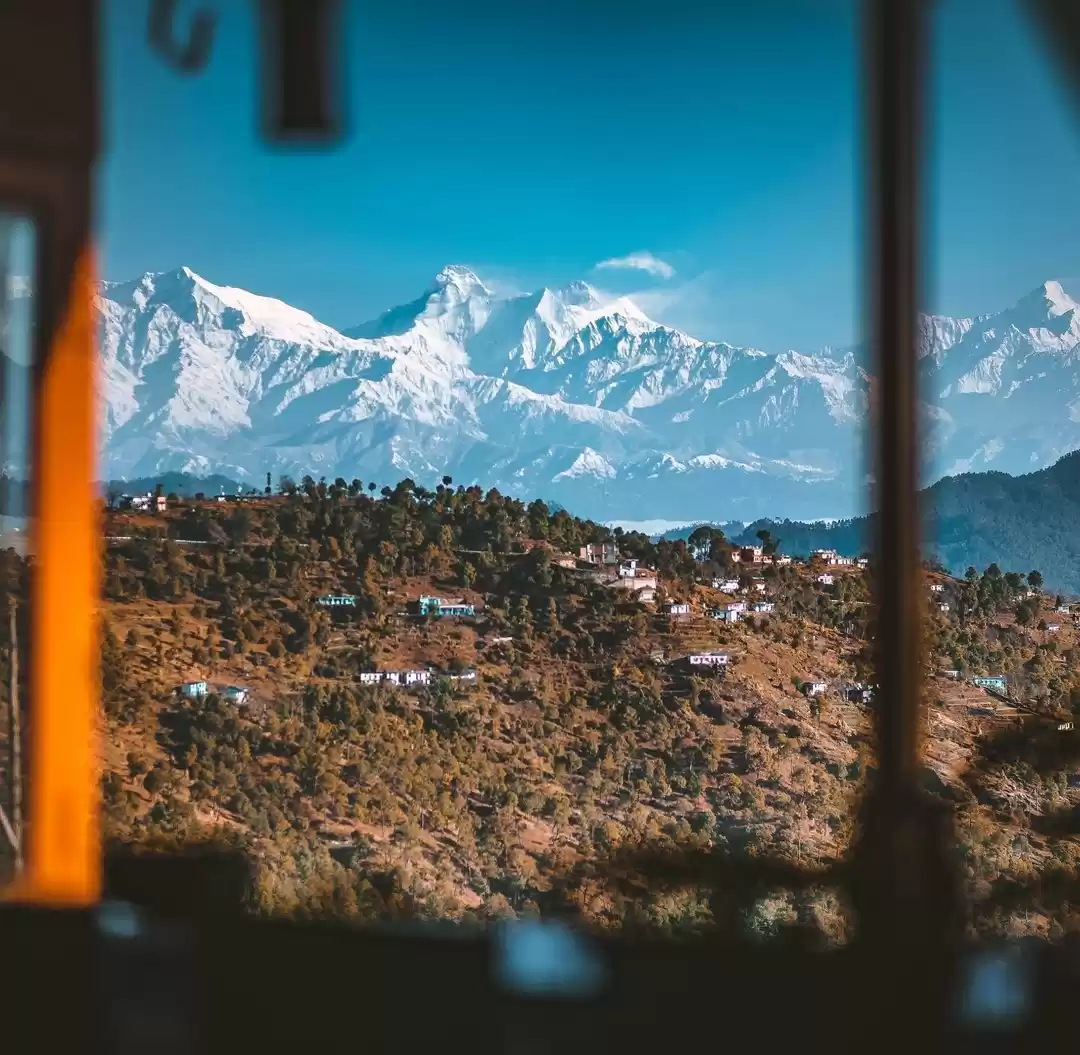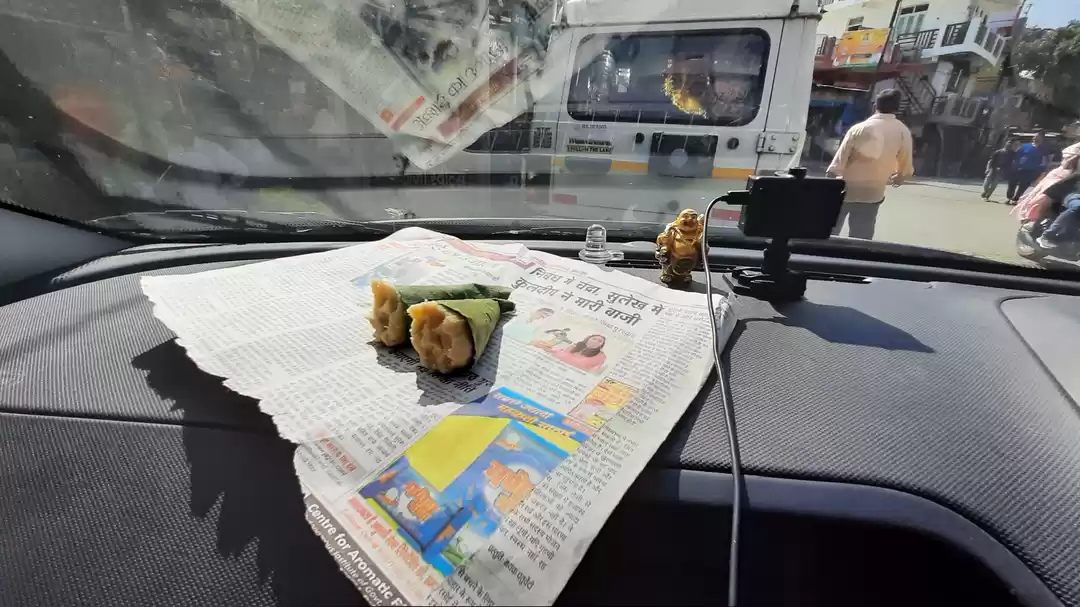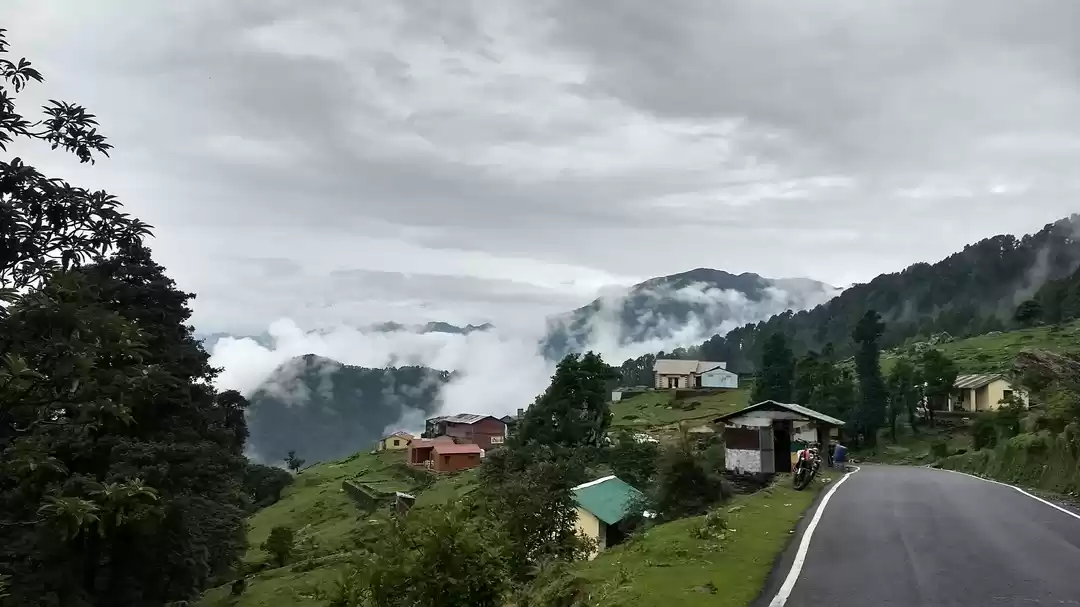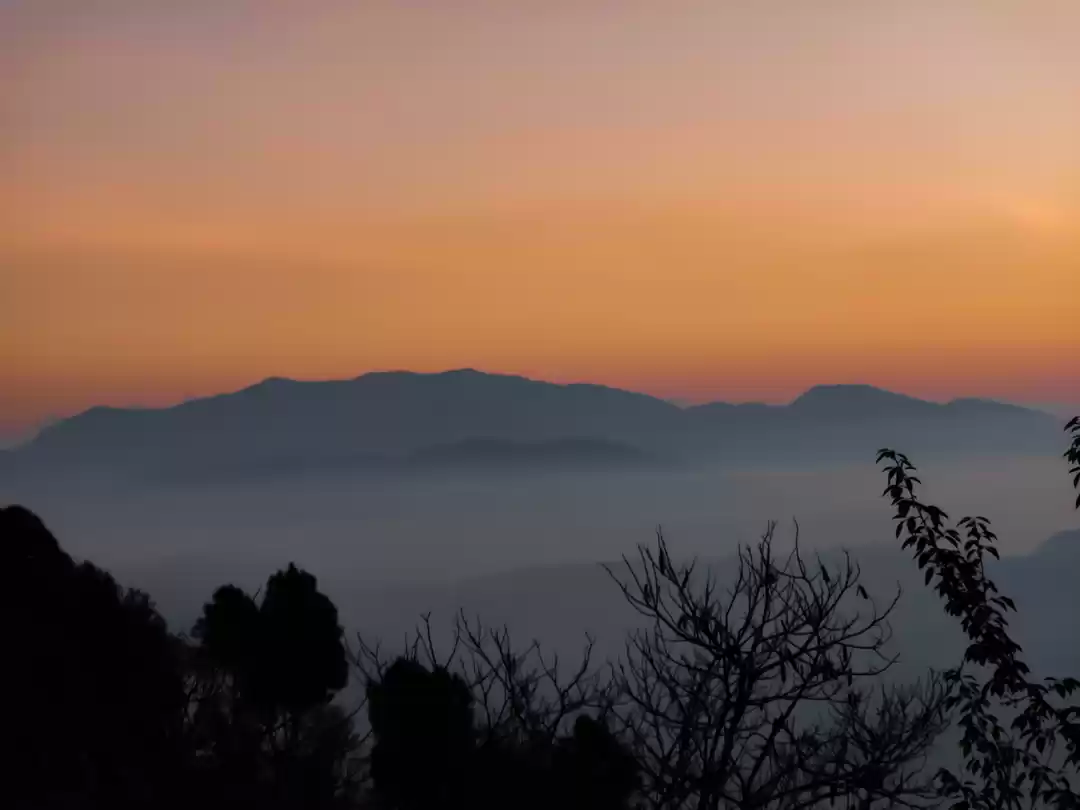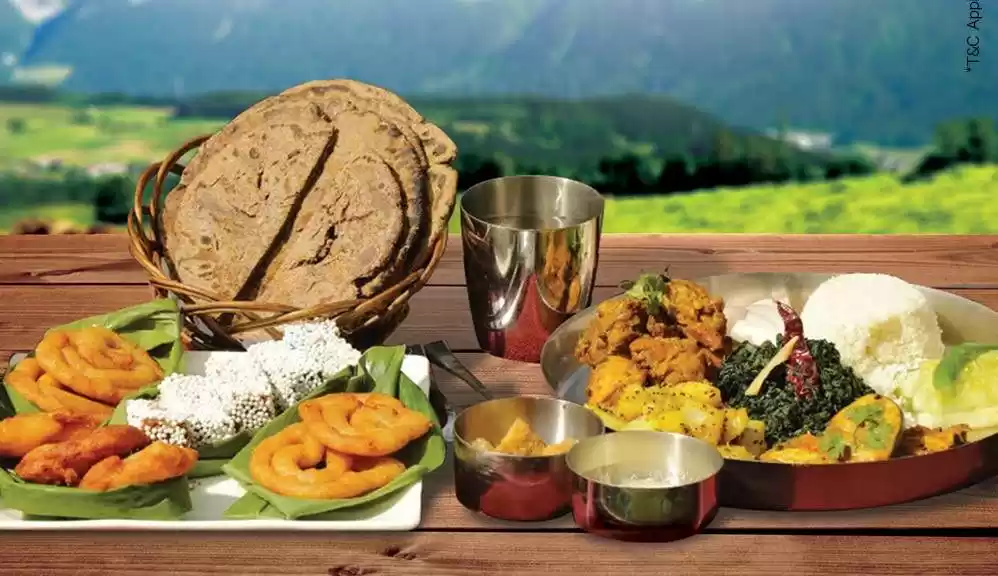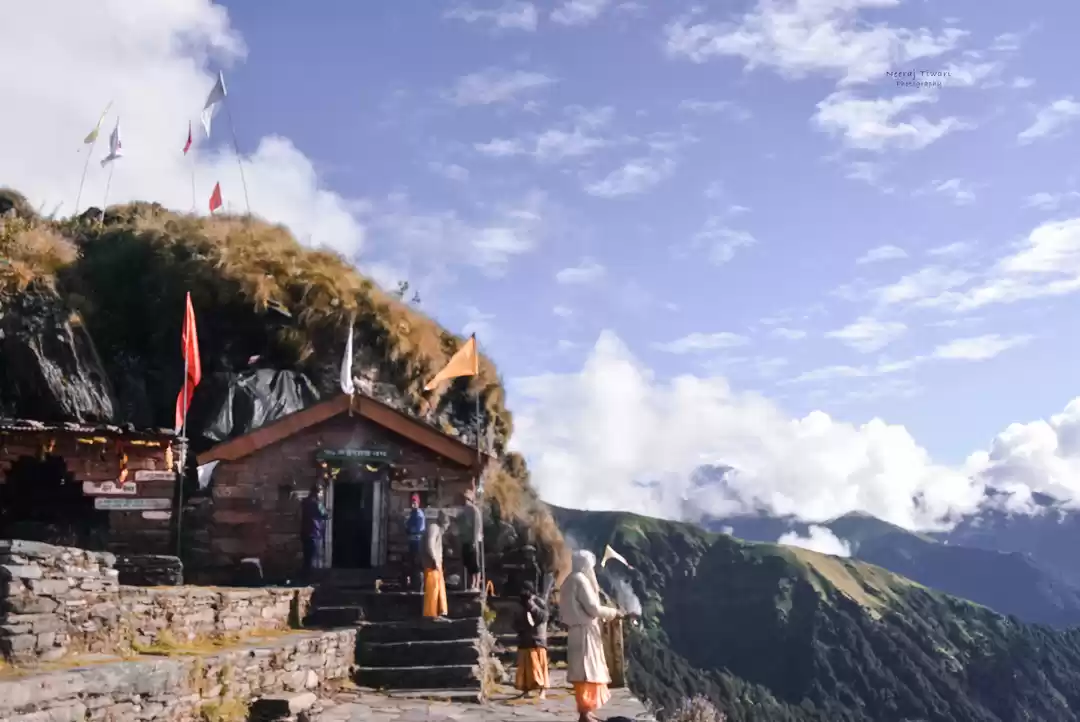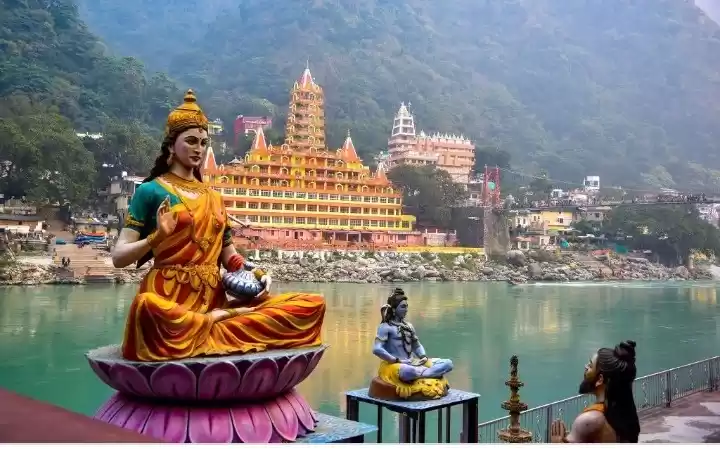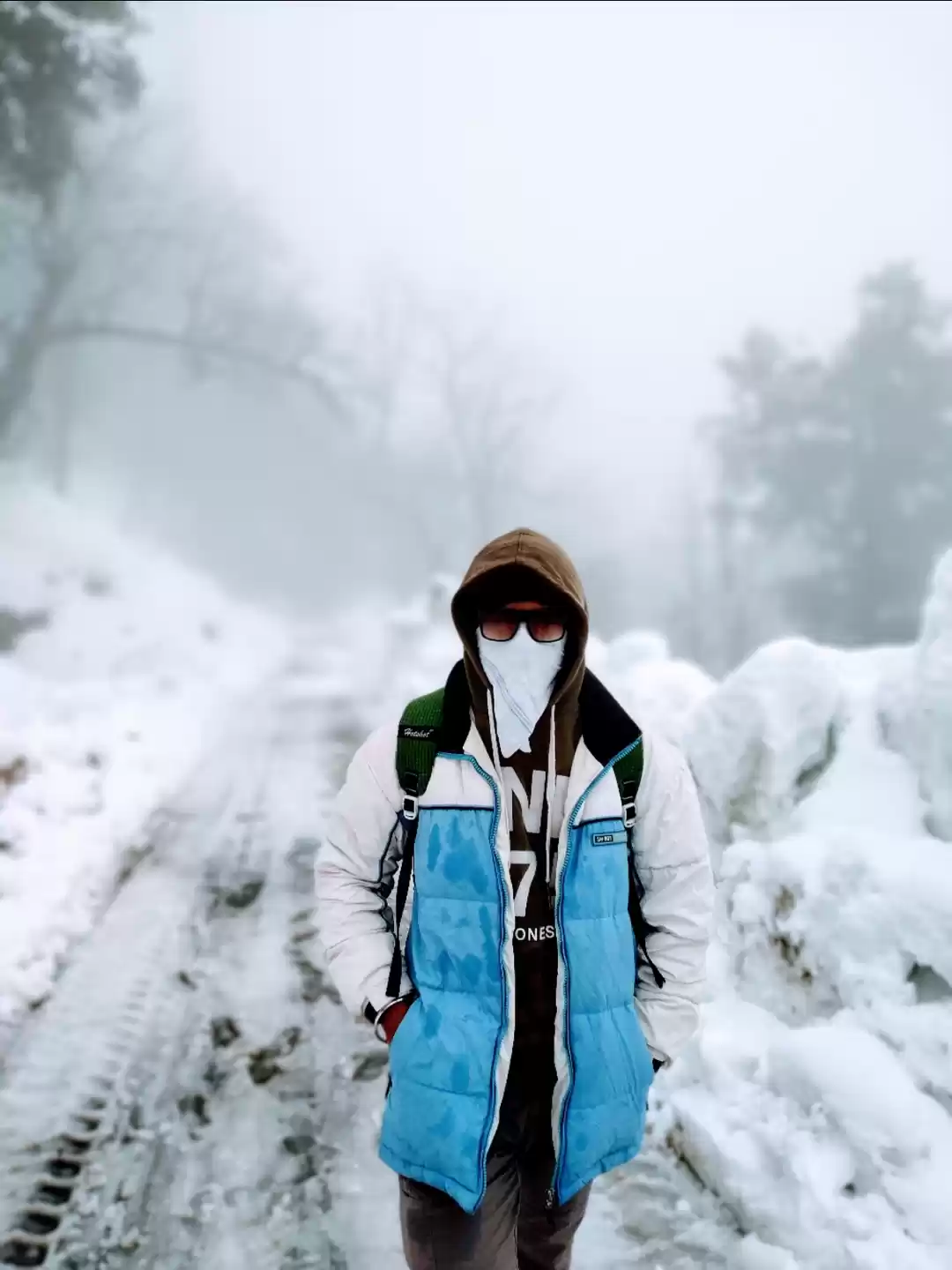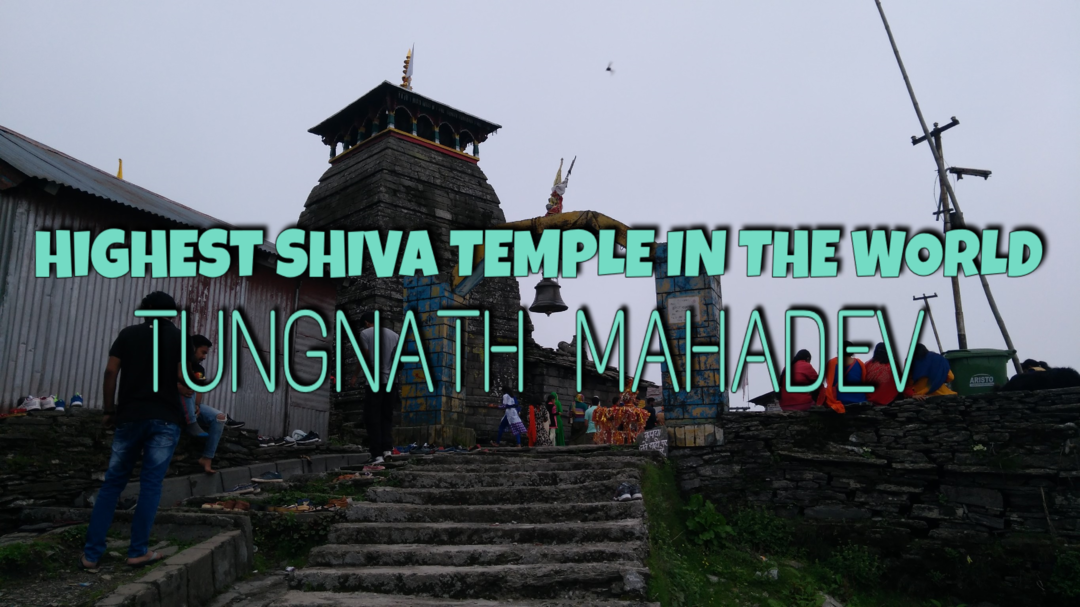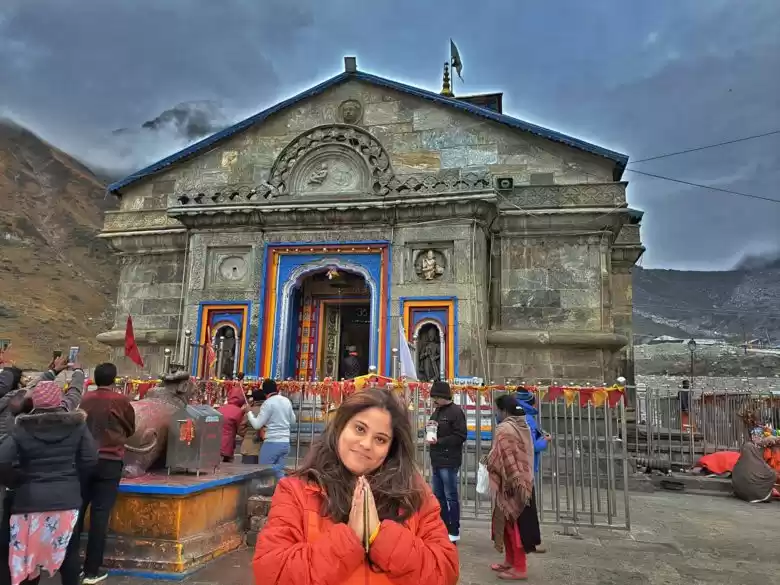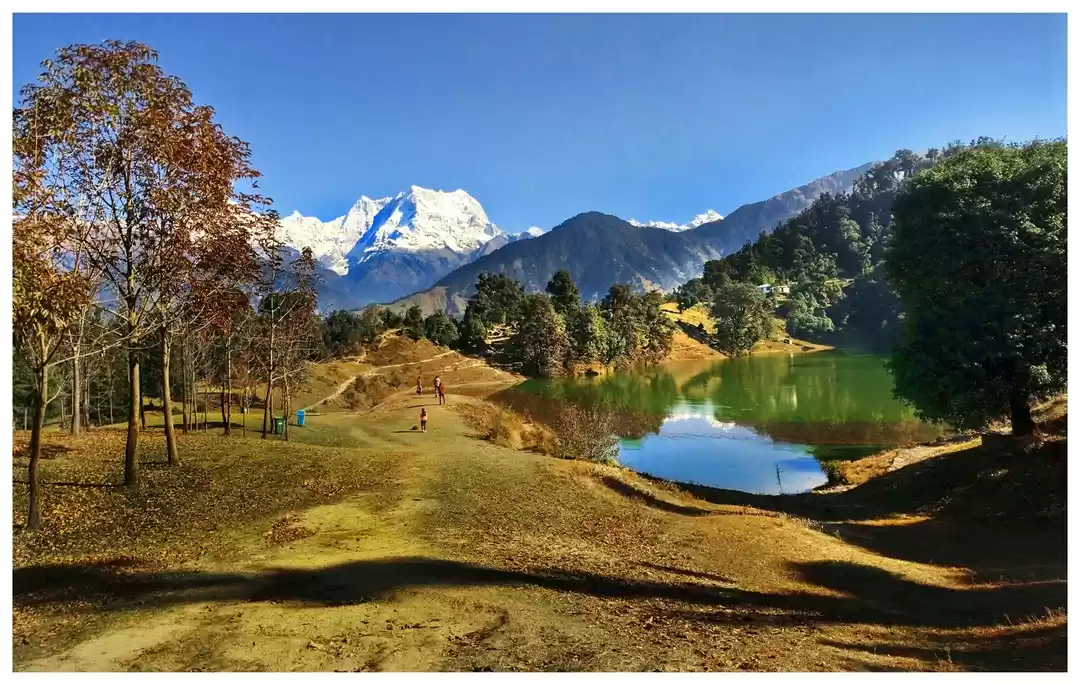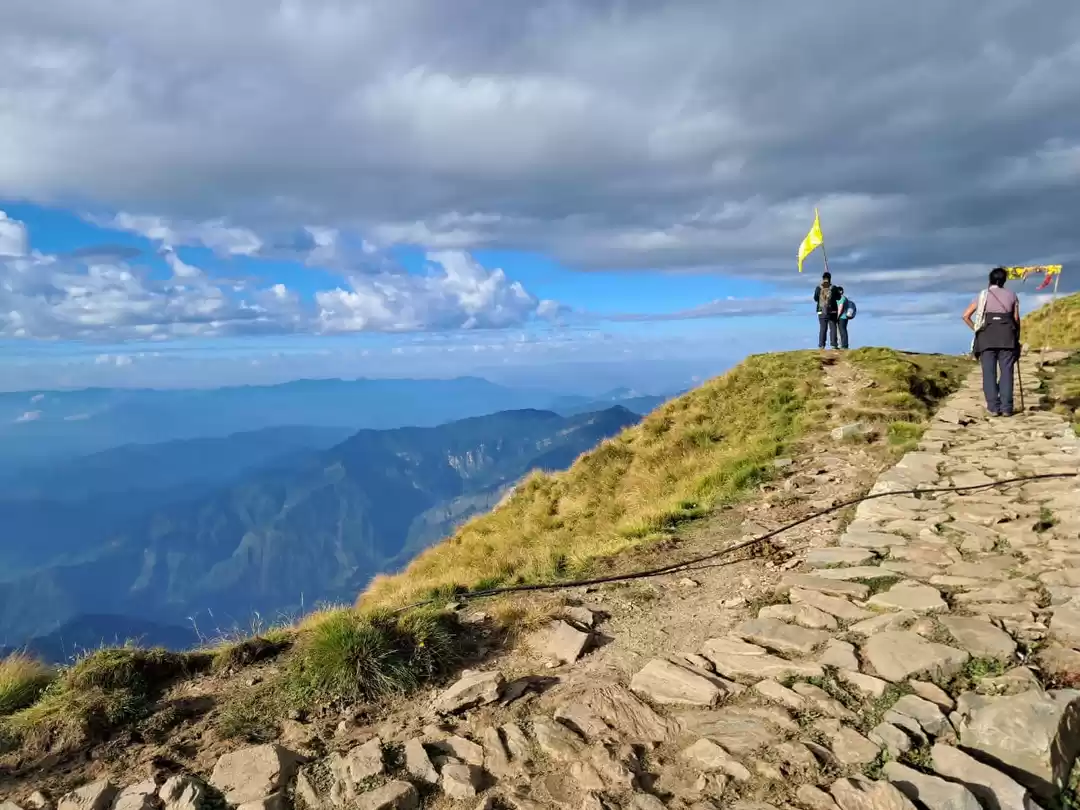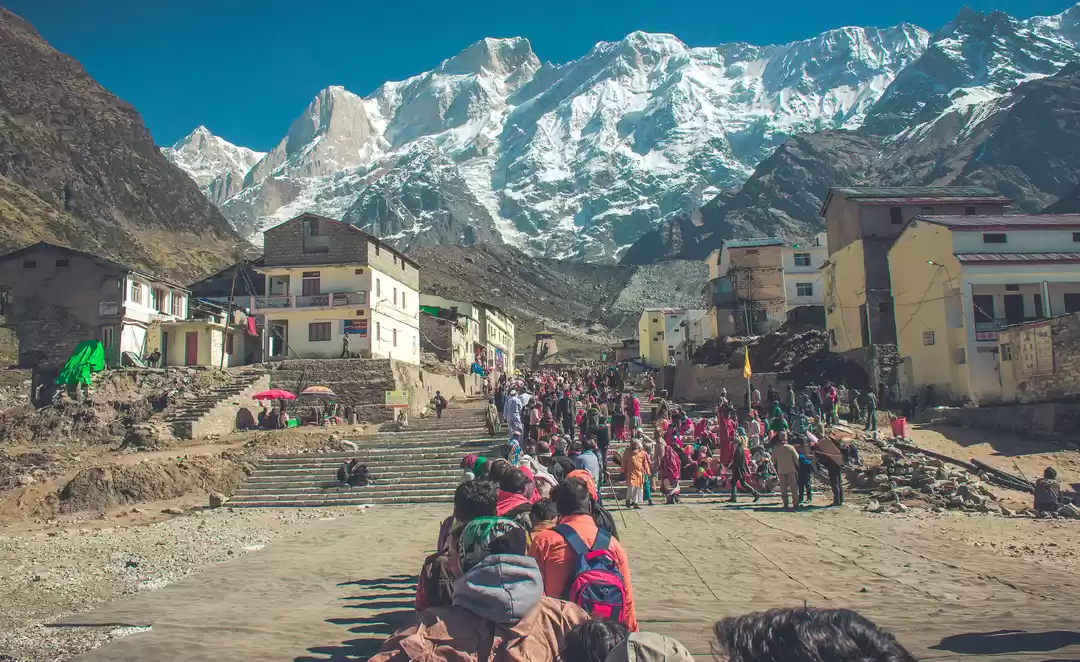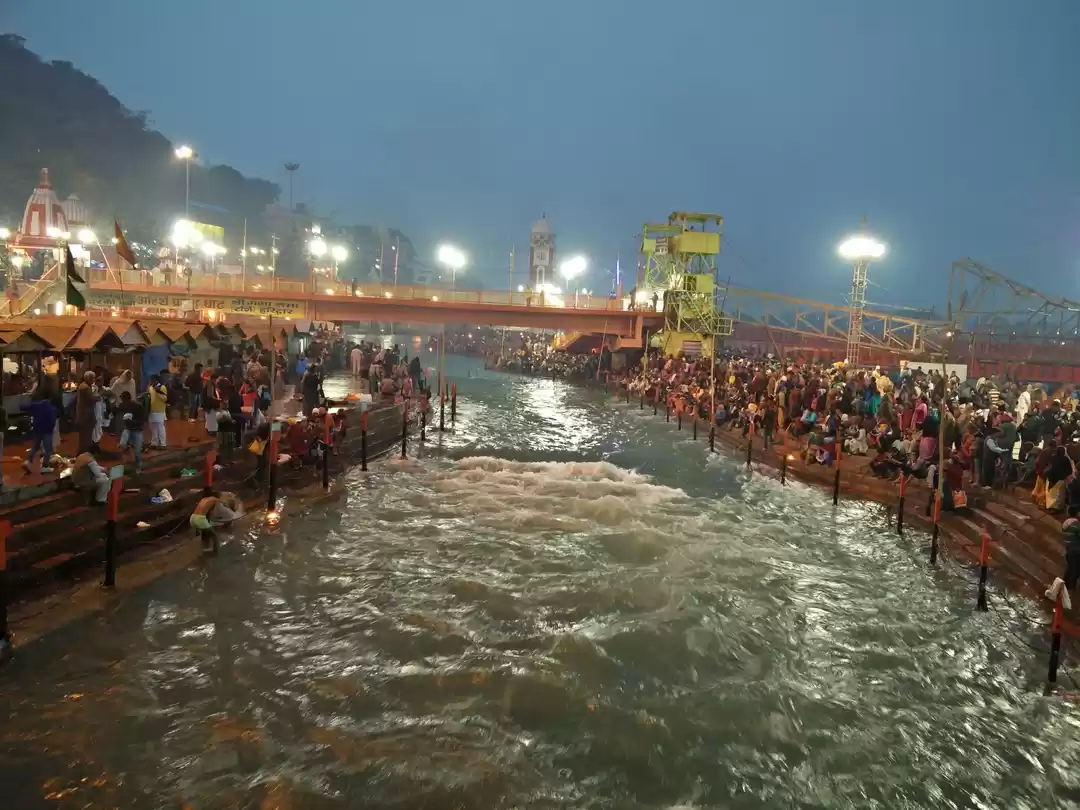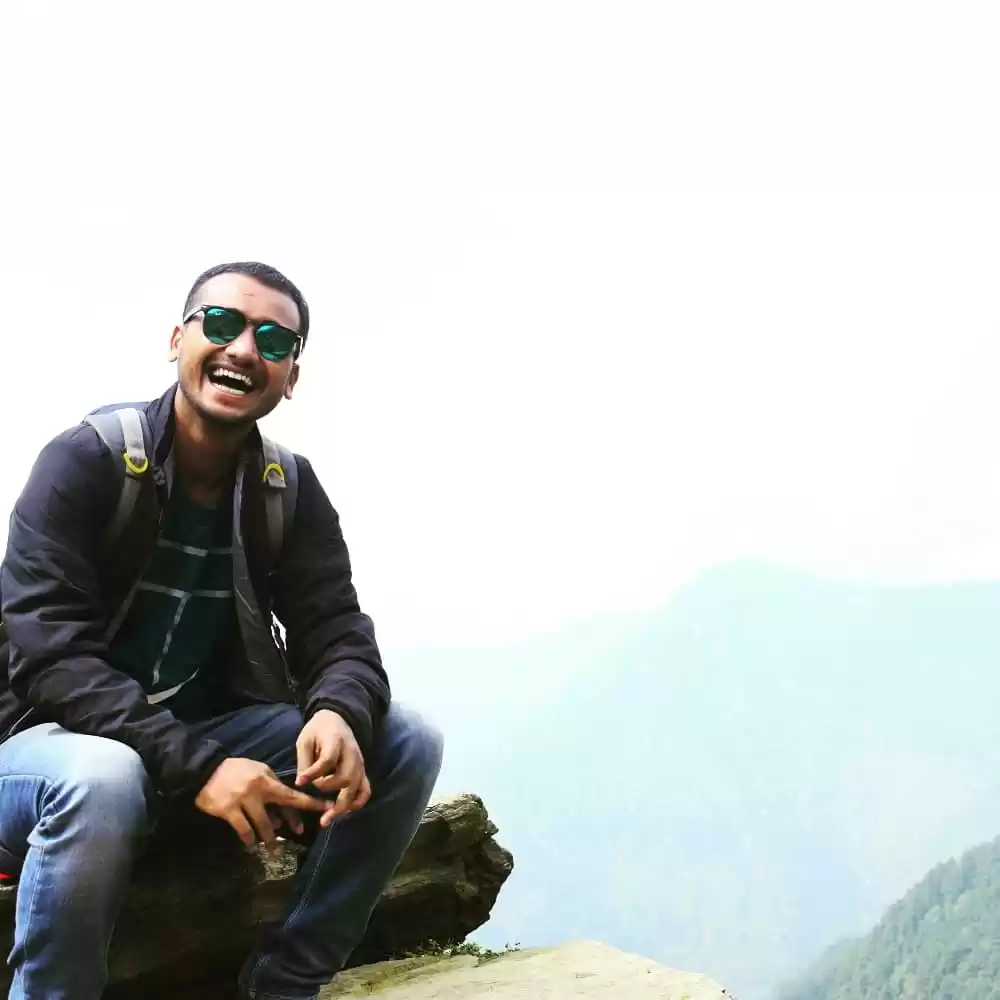

The Indian state of Uttarakhand is also known as Dev-Bhoomi. The mountains and the valleys, the rivers and the confluences, the temples and the legends make the destinations in Uttarakhand popular for pilgrims from across the globe. There are innumerable temples across the geography of Uttarakhand. Of these, the temples of Kedarnath, Tunganath, Jageshwar Dham and Triyuginarayan are the most prominent temples dedicated to Lord Shiva.
But here I shall talk about two lesser known temples in Uttarakhand that are significantly important to the legend of Shiva.
The Neelkantha Temple, Rishikesh
Many tourists visit the Himalayan city of Rishikesh to enjoy activities like camping by the Ganges and water adventure sports. pilgrims visit Rishikesh on their way to the Char Dham Yatra of Uttarakhand too. Uttarakhand is a land of myth and mythologies. Exceptional stories from our Puranas are referenced in every stop along the route. One such place is the Neelkanth Mahadev Temple near Rishikesh. In the holy month of Shravan, this temple sees a huge influx of devotees.
The Temple premise
Neelkanth Mahadev Temple, which is around 30Km from Tapovan, Rishikesh, is a prominent Hindu pilgrimage shrine. Perched at 1330 metres above sea level, enveloped between the valleys of Manikoot, Brahmakoot and Vishnukoot, this temple has an aura of deep spirituality around itself. At a little distance from the parking area, we were led to the main temple through an assemblage of eateries and shops. These shops sell puja items and other tidbits. The main temple has very attractive and colorful architecture, with figures sculpted all over the walls of the temple. The temple complex has a wish-fulfilling “Peepal” tree and a natural spring. We found few devotees taking a bath. The temple is divine and beautiful.
The Legend of Neelkanth
Above the entrance and on the walls of the temple, the story of Samudra-Manthan is depicted by sculptures of Gods and Demons. When the ocean was churned in search of Goddess Lakshmi and the elixir of immortality, poison was emanated out of the ocean. Shiva is believed to have consumed the poison at this very place. As Lord Shiva held the poison in his throat, it turned blue and hence he came to be known as Neelkanth (Neel meaning “blue”, Kanth meaning “throat”). Hence, the Neelakanth Temple is one legendary place of worship in Uttarakhand. We offered Bael-leaves / flowers / water to the Shiva-Linga in the main sanctum, and the priest put chandan/bibhuti tika on our foreheads.
Breakfast and Return from the Temple
We had started off from Rishikesh early in the morning. Thus, we decided to have our breakfast at an eatery beside the temple premise. We had noodles, pakora and tea. In most other places, tea is generally prepared in volume and kept continuously boiling in pots or in flasks and served in cups. Here, in Uttarakhand, at all places – street side stalls or restaurants – the tea vendor would prepare tea, exclusively on order – be it for four cups or just one. And we would always get ourselves “Bina Elaichi, Adrak Wali, Kam Cheeni, Kadak Chay” (Strong tea, without cardamom, with ginger and less of sugar) – the phrase that we iterated at every place, every single time we ordered tea!

Along the road between the temple and the parking, few men were setting up stalls selling seeds of Rudraksh. These are traditionally used as prayer beads in Hinduism, for organic jewelry and “mala” associated with Lord Shiva. We bought a couple of these seeds, and returned to our car.
How to reach Neelkanth Mahadev Temple
Road: Public transport is not available in this route. One needs to hire a cab from Rishikesh for this trip. The temple is around 30km from the town of Rishikesh. Buses for Rishikesh are available at regular intervals from Haridwar. Buses also connect Rishikesh to National capital, New Delhi [230km].
Air: The closest airport to Rishikesh is the Jolly Grant Airport [21km].
Rail: There is a railway station at Rishikesh, but trains are infrequent. Haridwar, which is 52 km away, is connected with major cities of India through railway.
Places to Stay
Accommodation is not available near the temple. Tourists may stay the night in Rishikesh and make a day trip to this temple. For tourists wanting to stay on the banks of River Ganga, enjoying the views of Himalayan mountains, Aloha on the Ganges is an exceptional (albeit super-expensive) option. Ganga Kinare – A Riverside Boutique Resort and The Grand Shiva – Spa Resort are other options in splurge category. Orchid Hostel and Hotel, Hotel Devbhoomi Inn and Rudram Hotel Yoga & Ayurveda Retreat are other options in deluxe category. Zostel and Hill Hoppers offer dormitories too for backpackers and solo travellers.
The Gopinath Temple, Chamoli
Gopeshwar is a beautiful township in the Chamoli District of Uttarakhand. Nestled within the Garhwal Himalayas, it is perched at an elevation of 1500 mt above sea level. The place is a perfect halt for travellers who may visit Badrinath, Tungnath or Ukhimath Temple – all being close to this place. But the main attraction of this town is the Gopinath Temple.
The Temple premise






Gopinath is an ancient temple dedicated to Lord Shiva. The site is so inconspicuously located in a dense market area that one may easily miss the site.
The temple stands out in its architectural proficiency. Although resembling other Shiva Temples of Uttarakhand (like Kedarnath and Tungnath) in architecture, this temple is majorly significant because it is said to have Shiva’s own Trishul (trident) in its courtyard. The temple is believed to have been erected somewhere between 9th and 11th century by the affluent Katyuri kings. Sayambhu Shivling, known as Gopinath, is placed inside the sanctum sanctorum. It has 24 doors. The almost five meter long trident, made of eight different metals, stands firm on the right hand side of the entrance. It dates back to the 12th century bearing inscriptions attributed to Anekmalla, king of Nepal. Stuck to the ground, right outside a temple dedicated to Hanuman, the weapon of Lord Shiva has withstood the test of time.
The Legend of Gopinath

As per legends, Shiva had hurled the trident at Kaamdev (the God of Love) when the latter had tried to disrupt Shiva’s meditation. The trident got fixed at the spot and has defied the forces of nature since. On the backside of the Gopinath temple’s main dome structure, some priests showed us the seat of Rudranath on the first floor of another building within the premises. In the winter months, Gopinath becomes the winter shrine of Rudranath which is one of the Panch (Five) Kedar. These holy places of the Shaivite sect, designated in the strict pecking order to be followed for pilgrimage for worship are Kedarnath, Tungnath, Rudranath, Madhyamaheshwar and Kalpeshwar. Apparently, Rudranath is the toughest of the five Kedars to reach. We were glad that we got an opportunity to pay our reverence to the Lord here itself.
Nag Panchami is celebrated in the district on the fifth day of the bright half of Sravana to appease the serpent gods. Figures of snakes are drawn in flour in wooden boards and are worshipped by the family by offering milk, flowers and rice.

How to reach Gopinath Temple

Road: Gopeshwar is located on the Badrinath-Kedarnath route, about 10km from Chamoli town. A bifurcation off NH58 at Chamoli heads towards Chopta, Ukhimath and finally upto Kedarnath. The highway itself leads to Rishikesh southwards. Shared taxis / buses from Dehradun, Rishikesh and Haridwar are available here for travel.
Air: The closest airport is the Jolly Grant Airport at Dehradun which is 225km away.
Rail: Haridwar [234km] is connected with major cities of India through railway. Buses to Chamoli are available at regular intervals from Haridwar.

Where to stay
Gopeshwar is a not a popular tourist spot. Hence there isn't a multitude of hotels to be found here. GMVN run Tourist Rest House could be a viable option for tourists. Else, they may stay the night in Pipalkoti or Chopta (which is the gateway to Tungnath Temple) - both of which are places between 25 and 40 km of distance from Gopeshwar.
Connect with me on Instagram to follow my adventures, and in case you think you could add to this list, please tell us about it in the comments below. Or write about it here on Tripoto.



